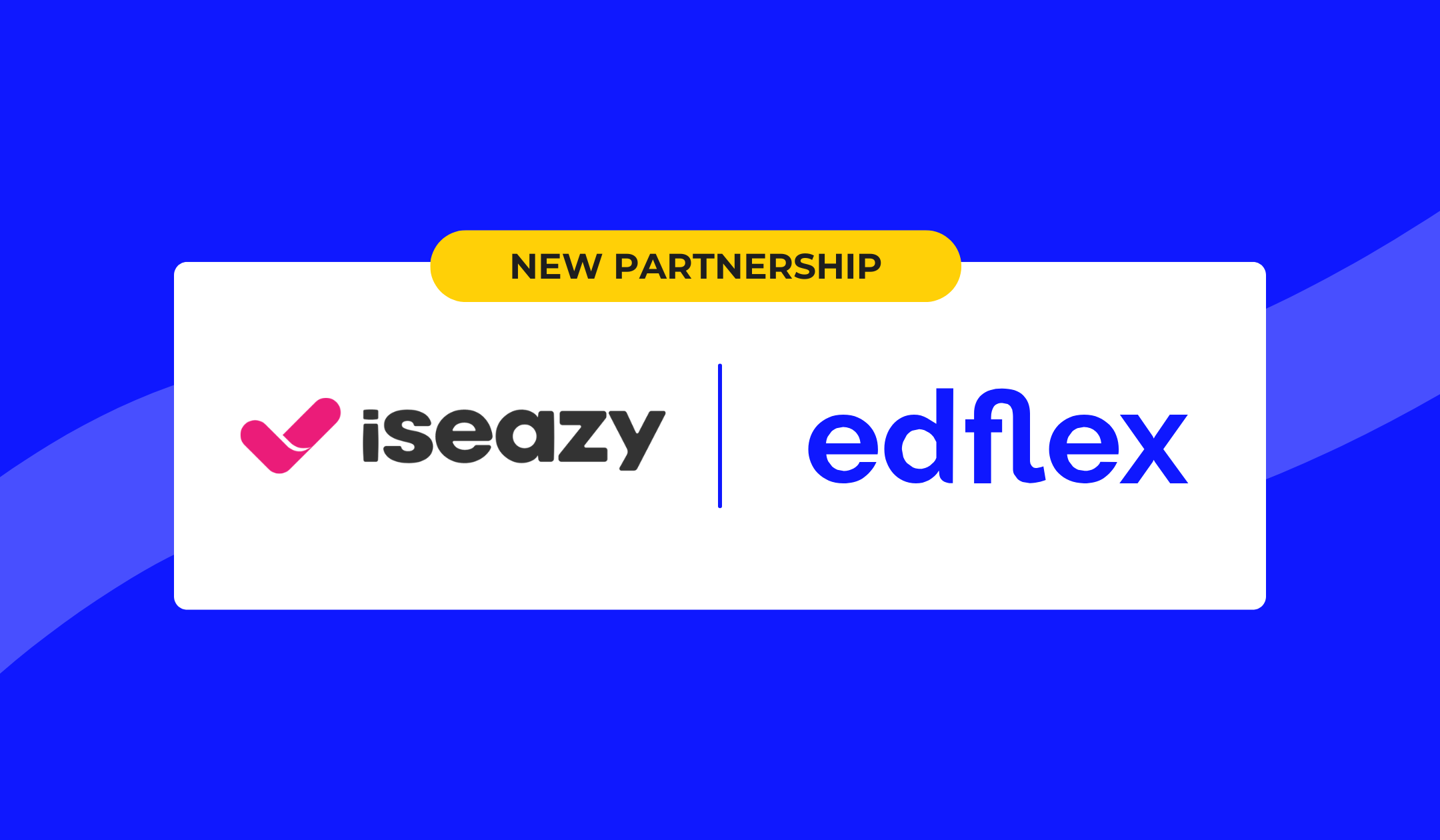The meteoric evolution of training has shaken up the codes of corporate learning over the past two years. These new practices have required companies to adapt their training offers. In this article, discover 5 key elements that have allowed companies to evolve rapidly.
The evolution of training over the last two years
Over the last two years, the training sector has changed a lot. The health crisis has created a VUCA environment in which adapting has become a priority. The acceleration of distance learning has allowed for a democratization of eLearning , and especially informal training. Informal training refers to any kind of learning that is not necessarily required, and therefore often not taken into account by the company during the follow-up of skills development.
For learners, this new adaptability represents a real challenge: fighting against the obsolescence of their skills and maintaining their employability throughout their careers. This requires continuous upskilling to ensure their skillsets remain relevant. Today, the relevancy of a skill lasts on average 12 to 18 months, and the lifespan is constantly decreasing.
Companies have a big role to play in this new learning culture, society as a whole also has a big role to fill as well. In fact, 93% of employees believe that training is one of the CSR actions that a company should undertake. Companies seeking a competitive advantage need to place training at the heart of their global strategies if they want to stand out in the talent pool. To do this, companies must engage and empower employees in their learning by responding as closely as possible to their needs.
5 best training practices
To meet these new training needs, companies must reinvent themselves and offer new solutions that are able to be adapted to a consistently changing learning culture. We have observed the trends most commonly practiced by training managers and have selected the top 5 that are best equipped to handle the challenges faced by our clients and learning partners.
Encourage informal training in companies
Today, 67%* of employees already train with digital content from the web (articles, videos, online courses, podcasts...). Chances are, some or even all of your employees fall into this statistic! In order to best support employees’ in their skills development, it is essential that companies offer easily accessible informal training content. Companies can encourage informal learning by empowering their employees by giving them the power of choice.
- Figure from a study conducted by Edflex on 1,000 employees of companies with more than 500 employees.
Establish a process to update skills in a reactive way
Adaptability is one of the most sought-after soft skills in companies. This concept must therefore be reflected in the company’s learning culture! From HR processes to training tools, the company must give employees the tools they need to update their skills as quickly as possible. The competitiveness of companies and their ability to attract the best talent depends on this speed.
Encourage learner engagement
Implementing training projects is all well and good, but if they are not supported by the learners, their effectiveness will be much less impactful. Therefore, it is necessary to find a way to make learners aware that their skills development is essential for their professional growth. This will empower them to take initiative for their own learning and encourage them to take further training throughout their careers.
Rely on learners' needs
Who better to express their needs than the learners themselves? Every manager must learn to listen to their employees and trust them to identify the skills that are needed to do their jobs to the best of their abilities. It is in this process of co-creation that training will be most effective.
Becoming a learning organization
To go further in the training offer, creating a learning culture is an essential step. By involving learners in the formulation of their training offer, they develop a sense of responsibility and become empowered to make proposals for it. Collaboration and open education have the power to improve and grow a company’s training offer. Even if your company is not a learning organization yet, the process of trying to become one is already creating a learning culture!
These are the 5 best learning strategies that are most commonly used by training managers to improve the way that training should be implemented in your company. In order to illustrate the effectiveness of these strategies with concrete case studies, we interviewed 5 training players who agreed to answer our questions: TotalEnergies, AirFranceKLM, Bouygues Construction, STIME and Generali. To find out more, read their testimonials and advice in our guide.


















